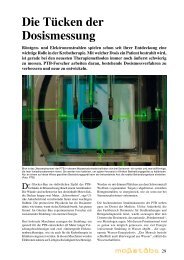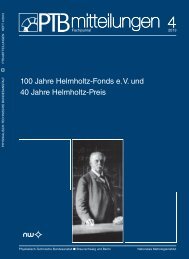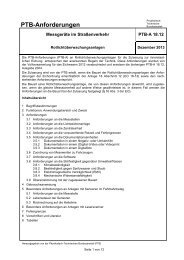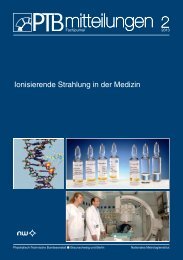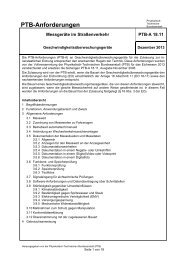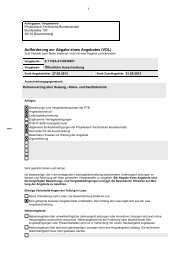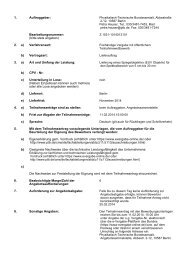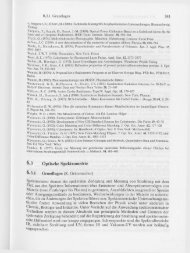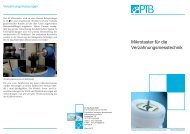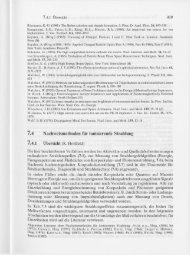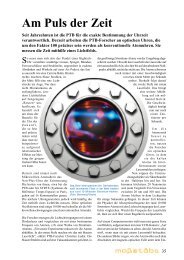Tabellen und Diagramme zu Kapitel 3, Wärme - PTB
Tabellen und Diagramme zu Kapitel 3, Wärme - PTB
Tabellen und Diagramme zu Kapitel 3, Wärme - PTB
Create successful ePaper yourself
Turn your PDF publications into a flip-book with our unique Google optimized e-Paper software.
360 <strong>Wärme</strong><br />
Fortset<strong>zu</strong>ng T 3.19a<br />
Stoff h<br />
°C K-'<br />
Polyester, ungesättigt UP 20 bis 40<br />
Polyetheramid PEA 176 bis 230<br />
Polyetheretherketon PEEK 40 bis 50<br />
Polyetherimid^) PEI 14 bis 62<br />
Polyethersulfon PES 20 bis 50<br />
Polyethylen PE 220 bis 250<br />
Polyethylenterephthalat PETP 40<br />
Polyhexamethylenadipinamid PA66 80<br />
Polyimid PI 0 40 40 bis 60<br />
Polyisobutylen PIB 120<br />
Polylaurinlactam PA12 130<br />
Polymethacrylimid^) PMl 12 bis 65<br />
Polymethylmethacrylat PMMA -10 30 70 bis 80<br />
Polyolefin PO 20 50 120 bis 250<br />
Polyoxymethylen POM 20 100 90<br />
Polyphenylenoxid PPO 60<br />
Polyphenylensulfid PPS 55<br />
Polypropylen PP 20 90 100 bis 200<br />
Polystyrol PS 70 bis 80<br />
Polysulfon PSU 55<br />
Polytetrafluorethylen'') PTFE 20 bis 250<br />
Polyurethan PUR 20 100 10 bis 250<br />
Polyvinylchlorid PVC 20 50 70 bis 80<br />
Silicon SI 20 bis 50<br />
Styrol-Acrylnitril SAN 80<br />
Styrol-Butadien SB 70 bis 120<br />
') Zusätze von Mineralien verlcleinem a; noch stärker wird a verkleinert durch Textilien aus Glas-, Kohle- oder<br />
Synthesefasern. Die Materialdichte hat oft großen Einfluß.<br />
Kurzzeichen für Kunststoffe.<br />
Mit Zusätzen ist a von Metallen erreichbar.<br />
'') Stark temperaturabhängig, zwei steile Maxima nahe Raumtemperatur



